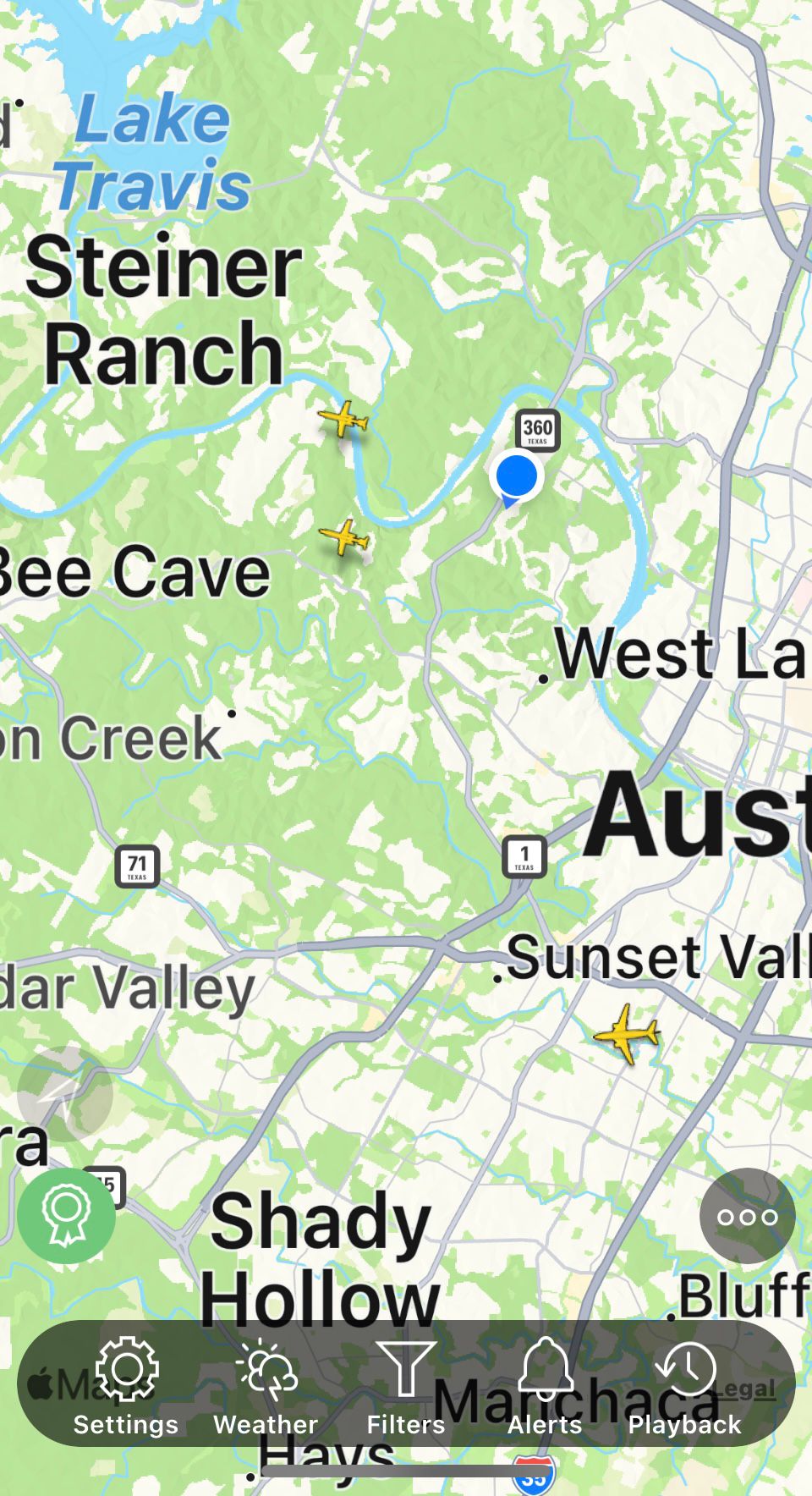Tracking Planes with IoT and Data Analytics
![]() Photo by Vista Wei on Unsplash
Photo by Vista Wei on Unsplash
Introduction
As an aviation enthusiast, I enjoy observing the sky whenever I engage in outdoor activities. I love tracking commercial airplanes flying over the area to identify their type, route, and flight metrics. Yesterday, I was able to observe two planes flying parallel (not very common), each leaving a contrail. Immediately, my curiosity kicked in, and I opened my flight radar application to learn more details and metrics.
They were two private jets, one being a #Bombardier Challenger 350, flying at 43,000 feet barometric altitude with a ground speed of 321 knots, while the other, another Bombardier Challenger 650, was cruising at an altitude of 38,000 feet at a speed of 321 knots on the ground. These flight metrics are collected through IoT sensors and stored in real-time, ready to be analyzed. The coincidence that caught my attention is that both private jets belonged to the same manufacturer, shared the same speed, and had taken off from the same city, Houston headed to California. My speculative hypothesis suggests that these two private jets might have been transporting football fans back home after attending the (NCAA) American Football Championship held last Monday, January 9th.

Beyond the basic metrics I was able to collect, there are crucial ones for the aviation industry and I started to think about a few of them.
The Data We Gather
In the aviation world, data is a treasure trove of insights:
- Location & Positioning: Precise GPS coordinates, altitude, and speed.
- Aircraft Dynamics: Pitch, roll, yaw – the essential angles.
- Performance Metrics: Airspeed variations, vertical speeds, and the critical Mach number.
- Navigation & Communication: Frequencies, navigation aids, and waypoints.
- Weather & Environment: Temperature, wind dynamics, and turbulence.
- Engine Health: RPM, temperature, pressures, fuel metrics, and diagnostics.
- System Monitoring: Electrical, hydraulic, and avionic statuses.
- Fuel Management: Monitoring fuel quantity and consumption rates.
- Load & Weight: Aircraft weight and center of gravity.
- Maintenance Insights: Health status and predictive maintenance data.
- Passenger Comfort: Cabin conditions and safety measures.
- Security Protocols: Monitoring door status and emergency systems.
Why Voltmetrix is Ideal for IoT in Aviation
In the demanding world of aviation, where every detail counts, Voltmetrix stands out as a prime solution. Our platform excels in real-time data handling, crucial for monitoring dynamic flight metrics. With Voltmetrix, you're not just deploying a database; you're enabling a seamless, secure, and robust data ecosystem. Our managed and hosted services mean you can focus on the data and its insights, without the overhead of infrastructure maintenance. The 24/7 monitoring and global coverage we provide ensure that wherever your data journey takes you, we're there with unwavering support. This makes Voltmetrix not just a choice, but a strategic partner in leveraging IoT for aviation excellence.
The Need for Robust Data Solutions
Handling such a vast array of information demands powerful time-series databases. At #Voltmetrix, we recognize the importance of efficient data management in the aviation industry. That's why we advocate for robust solutions like InfluxDB, TimescaleDB, or ClickHouse, renowned for their prowess in handling high-write-volume scenarios.
Conclusion
At Voltmetrix, our portfolio spans a wide range of cutting-edge technologies and solutions, tailored to the intricate needs of IoT, observability, and data analytics in aviation and beyond. Do you have a project or a unique use case? We're here to elevate it to new heights. Let's connect and explore the skies of possibility together!
